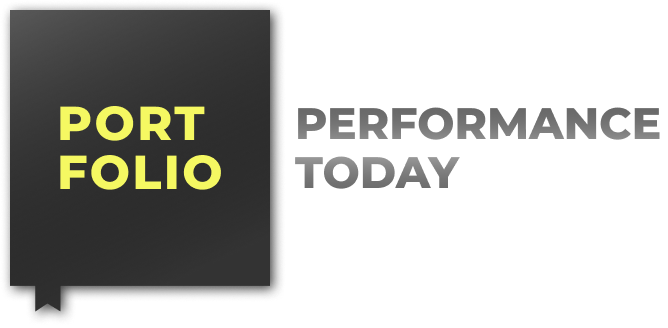Economists have extensively analyzed Trump’s latest trade war, examining both the Econ 101 effects of tariffs and the more underrated consequences of policy uncertainty. But there’s another critical angle worth exploring: the dynamics of interventionism suggest that government responses to the fallout from this trade war will likely trigger a cascade of additional interventions, ultimately worsening our economic problems.
Unsurprisingly, one of the first major policy decisions of Trump’s second administration has been to impose tariffs on a wide range of imported goods. Protectionism has been one of Trump’s most consistent policy positions since his first term. Despite this consistency in rhetoric, considerable uncertainty remains about the precise implementation of protectionist policies under Trump 2.0. This uncertainty itself creates pernicious effects for businesses and trade relationships, compounding the already-negative impacts of tariffs.
While specific trade policies may be difficult to predict, the concept of the “dynamics of interventionism” gives us a framework to anticipate how these policies will unfold. This concept, originating with economist Ludwig von Mises and further developed by contemporary economists like Sanford Ikeda, outlines the logical progression of government intervention.
Consider this illustrative example:
- The US government imposes a tariff on Chinese steel
- China retaliates with tariffs on US agricultural products
- US farmers suffer losses, prompting government agricultural subsidies
- These subsidies are funded by revenue from the initial tariffs
- The subsidies artificially maintain resources in inefficient sectors
- New problems emerge, triggering additional interventions
The chain reaction of interventions creates a self-perpetuating cycle of policy responses to problems caused by earlier policies.
The dynamics of interventionism are playing out in real-time with Trump’s latest trade policies. Let’s track how this cycle is already beginning to unfold.
Trump imposes substantial tariffs on Canada and Mexico — some of America’s most reliable trading partners — disrupting established supply chains and raising costs for businesses.
Financial markets tumble in response. Policy uncertainty indices soar. Business outlooks darken considerably as companies struggle to adapt to the new trade landscape.
Seeing these negative effects, the administration announces a targeted pause on tariffs specifically for the auto industry. This selective enforcement creates winners and losers, distorting market incentives and introducing opportunities for regulatory arbitrage. Inevitably, once the government selectively lifts tariffs for one industry, others will seek similar exemptions. This invites rent-seeking behavior such as lobbying and currying of political favoritism, creating additional market distortions and reinforcing the cycle of intervention.
The administration seems to believe that this pause will give automakers time to shift production to US soil. Trump’s argument boils down to: once cars are produced domestically, no need for tariffs!
This logic fundamentally misunderstands why production occurs where it does. If domestic production were truly the most efficient option, companies would already be manufacturing here, without government pressure. While domestic production avoids tariffs, it won’t necessarily result in lower prices for consumers, due to higher labor and material costs.
When these higher prices inevitably materialize, what happens next? Following the dynamics of interventionism, we can predict a third wave of interventions: perhaps subsidies for US automakers or tax credits for consumers who “buy American.” These policies will artificially shift demand toward domestic producers, creating substantial economic deadweight loss and trapping labor and capital resources in sectors where they’re less productive than they could be elsewhere.
Each step in this sequence illustrates Mises’s insight: government interventions create unintended consequences that prompt further interventions, setting off a chain reaction that moves us progressively further from efficient market outcomes.
Trade policy under the current administration will undoubtedly be chaotic. But the dynamics of interventionism tell us something even more concerning: the ripple effects of new tariffs won’t be confined to trade policy alone. As the administration scrambles to address the negative consequences of its trade war, we should expect additional interventions implemented in ad hoc fashion across various economic sectors. These responses will likely compound existing problems while creating entirely new ones, setting the stage for yet more intervention.
The lesson is clear. When evaluating the impact of Trump’s trade policies, we must look beyond the immediate effects of tariffs themselves. The dynamics of interventionism tell us that today’s trade war will not be contained to tariffs — it will spill into other areas of economic policy, fueling distortions that policymakers will scramble to fix with yet more interventions. The result? An ever-growing, unpredictable web of government action that moves us ever further from free markets and economic efficiency.
